Sensory Handling Objects
Explore the sights, sounds, smells and textures of life in the fort
Can you find any of these objects or materials around your house or when you’re out and about?

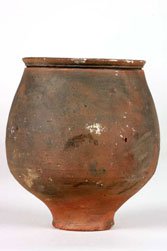

A terracotta plant pot can give a sense of the colour and texture of Roman pottery and tiles.

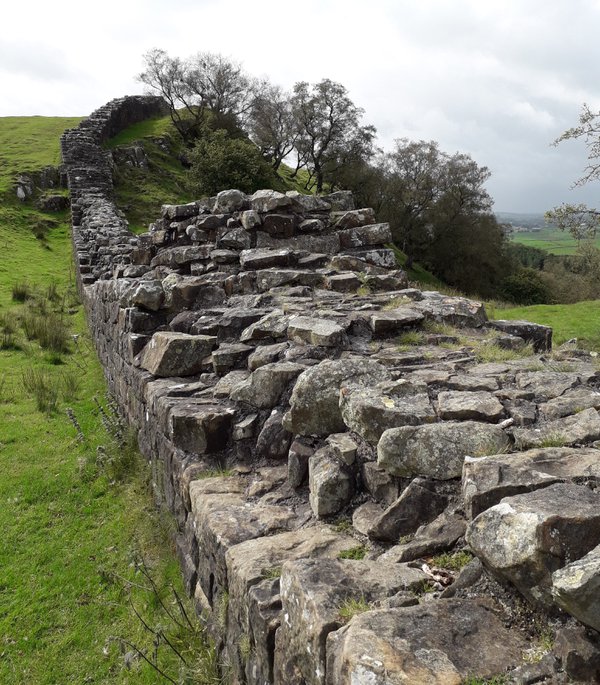
Feeling stone cobbles or a paving slab can give a sense of the texture of Hadrian’s Wall.

Smell
fresh
herbs
such as sage, mint, thyme, rosemary.
These herbs were used in Roman
cooking and medicine.

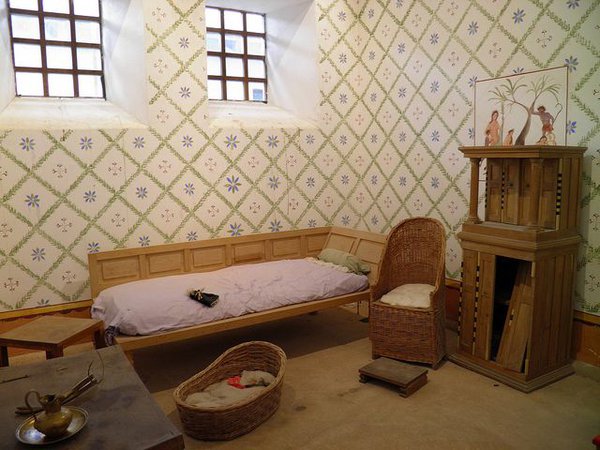
Try touching branches or wooden objects to feel the different textures. Wood was an important building material in Roman times. It was also used as fuel and to make tools, weapons and furniture.

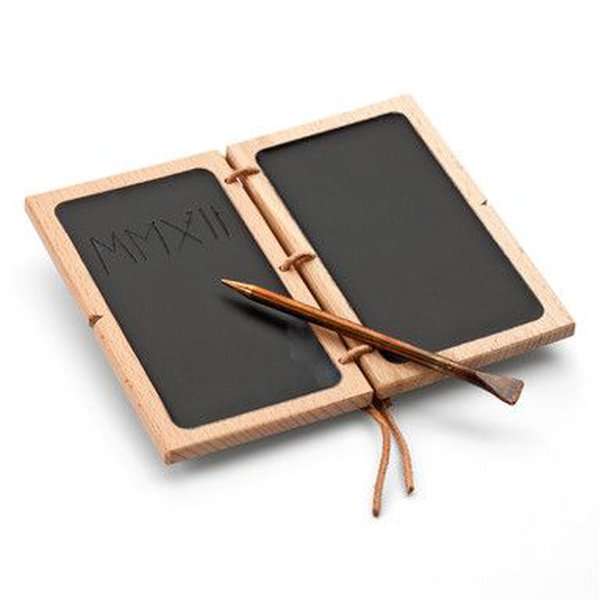
Feel and smell a beeswax candle. Wealthy Romans might use these for light. Beeswax was also mixed with soot and poured onto wooden boards to make writing tablets. Try scratching into some wax with a stick.
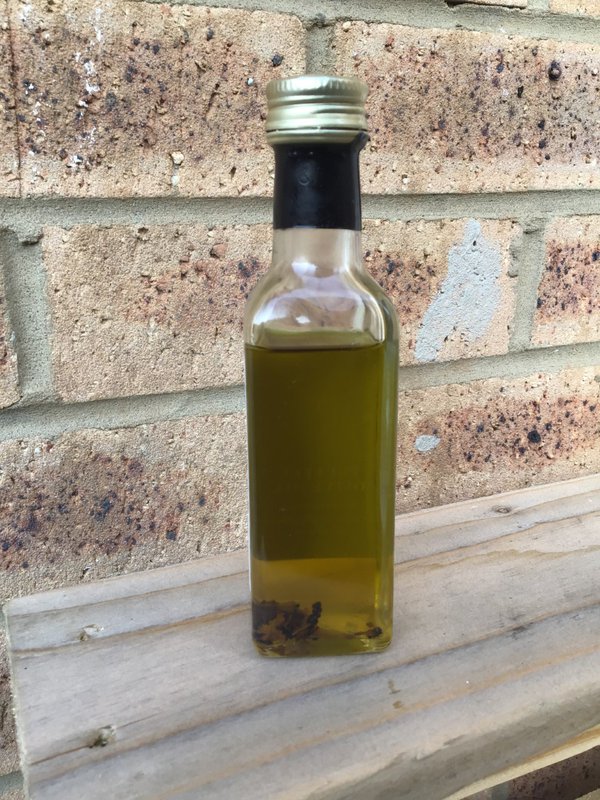
Feel or smell some olive oil. Olive oil had many uses in Roman times. It was used for cooking, as fuel for lamps, in medicines and cosmetics and was used instead of soap to keep clean.
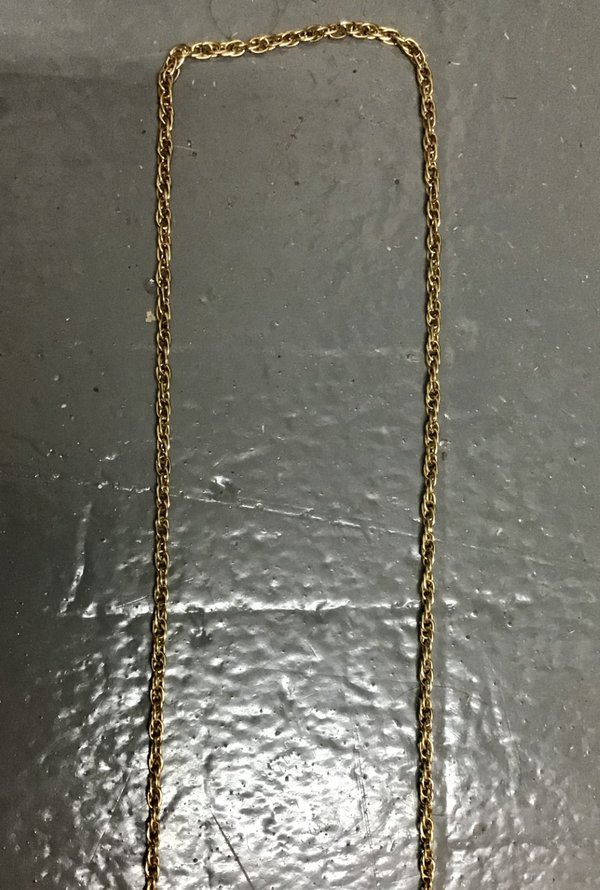

Feel some chain, notice the weight of it. Listen to the sound it makes. Look at how the rings link together. The soldiers who lived at Segedunum would have worn heavy mail armour, made up of thousands of metal rings.

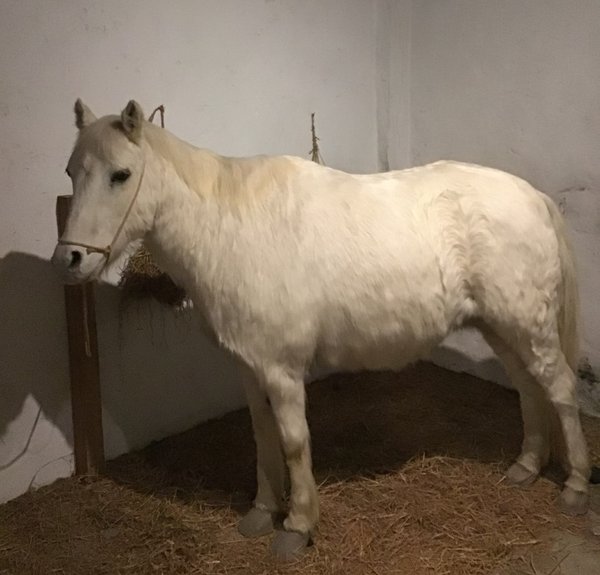

Feel some straw; listen to the sound it makes when you touch it. You would find straw on the floor in the cavalry barrack rooms. It was also used to stuff mattresses in Roman times.




